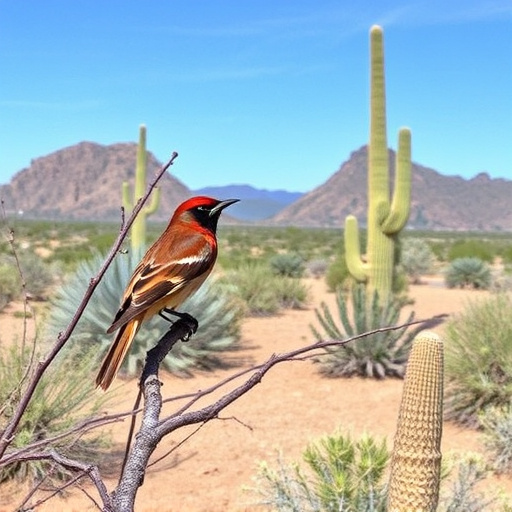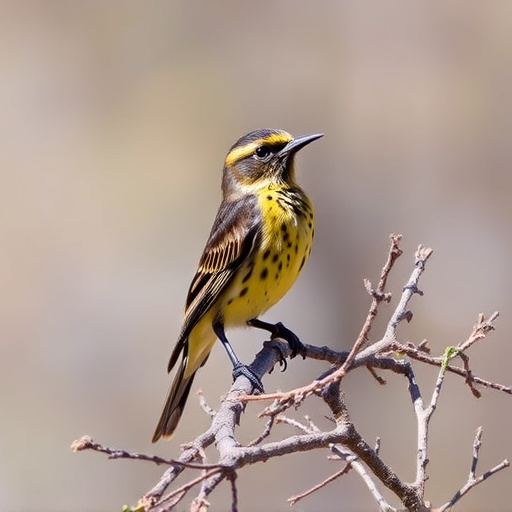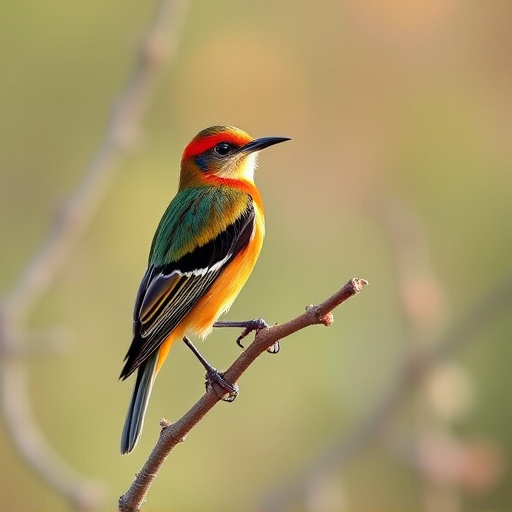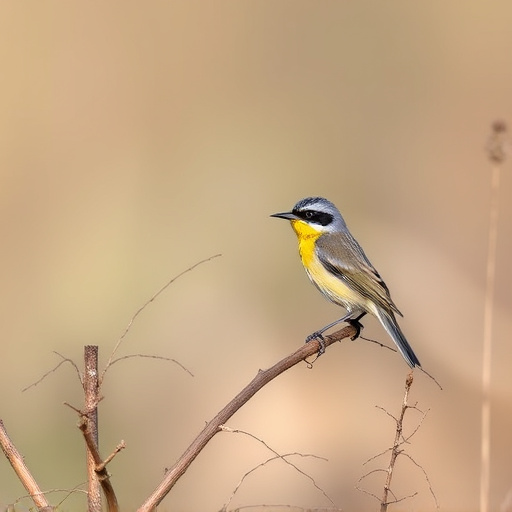The Tubac Hawk Watch is a premier birding destination in southern Arizona, offering breathtaking views and data on Common Black Hawk migrations. This citizen science initiative attracts volunteers and birders worldwide, contributing to conservation efforts and fostering appreciation for the region's diverse avian life. With its strategic location, unique terrain, and mild weather, southern Arizona becomes a global hotspot for birding enthusiasts year-round.
“Tubac Hawk Watch, nestled in the vibrant landscape of southern Arizona, stands as a haven for avid birders and nature enthusiasts alike. This unique initiative offers an unparalleled opportunity to witness the spectacular Common Black Hawk migrations. By tracking these birds’ precise timing and patterns, volunteer observers contribute to vital conservation efforts. With its consistent hustle and bustle of feathered visitors, Tubac has solidified its position as one of the top destinations for birding in southern Arizona.”
- Tubac Hawk Watch: A Haven for Birding in Southern Arizona
- Common Black Hawk Migrations: Timing and Patterns
- Tracking Migrants: The Role of Volunteer Observers
- Why This Region is a Top Destination for Birders
Tubac Hawk Watch: A Haven for Birding in Southern Arizona

Tubac Hawk Watch is a premier destination for birders in southern Arizona, offering a unique and immersive experience for those passionate about avian life. Located in the heart of the Sonoran Desert, this observation site has become a haven for both local and visiting bird enthusiasts alike. The area’s strategic position along migration routes makes it an ideal spot to track and study the remarkable journeys of various bird species, particularly the Common Black Hawk.
The Tubac Hawk Watch provides access to breathtaking views of these majestic birds as they soar overhead during their seasonal migrations. Dedicated birders and volunteers gather here to monitor, record, and share insights about the hawks’ movements, contributing to a wealth of scientific data. This collaborative effort not only enhances our understanding of bird migration patterns but also fosters a deeper appreciation for the natural world in southern Arizona.
Common Black Hawk Migrations: Timing and Patterns

The Common Black Hawk (Buteo jamaicensis) is a remarkable bird that showcases fascinating migratory patterns, making birding in southern Arizona an exciting experience for enthusiasts. These hawks typically begin their northward migration from late March to early April, with some birds arriving as early as February and lingering until October. This timing aligns perfectly with the warmer months, allowing birdwatchers to witness their impressive aerial displays against the backdrop of summer skies.
Their migration follows a consistent pattern, often starting in the southern United States and Mexico before heading north along the Pacific Coast or through the Central Valley of California. In Arizona, birders can expect to see these hawks passing through areas like Tubac Hawk Watch, where they soar on thermals and glide with remarkable grace. The timing of migration varies slightly each year, depending on weather conditions, but the consistent presence of Common Black Hawks during this period makes them a sought-after sight for local and visiting birders alike.
Tracking Migrants: The Role of Volunteer Observers

Tubac Hawk Watch relies heavily on dedicated volunteer observers for its success in tracking Common Black Hawk migrations. These passionate individuals play a crucial role in collecting vital data by meticulously monitoring the skies and recording bird movements throughout the year. With their keen eyes and expert knowledge, they identify each species, note flight directions, and document migration patterns, contributing significantly to our understanding of these majestic birds’ habits.
Birding enthusiasts from all over southern Arizona participate in this citizen science initiative, offering their time and expertise. Their contributions enable researchers and conservationists to gain valuable insights into the Common Black Hawk’s annual cycle, habitat requirements, and potential threats. This collaborative effort not only enhances our appreciation for these raptors but also informs effective strategies for their protection and conservation in the region.
Why This Region is a Top Destination for Birders

Tubac Hawk Watch is nestled in a vibrant landscape of southern Arizona, making it a top destination for birders from around the globe. The region’s unique geography and climate create an ideal environment for a diverse range of bird species, especially during migration seasons. In terms of birding in southern Arizona, this area stands out due to its proximity to key flight paths that many birds follow as they travel between their summer and winter habitats.
The Common Black Hawk is just one of the many avian wonders that birders can observe here. The region’s rolling hills, dense forests, and open skies provide a mosaic of habitats that support a rich bird life. Moreover, the consistent mild climate in southern Arizona makes it an all-year-round hotspot for bird enthusiasts who seek to catch a glimpse of these majestic creatures against the backdrop of the breathtaking Sonoran Desert.
Tubac Hawk Watch, nestled in the vibrant landscape of southern Arizona, stands as a testament to the region’s allure for birders. By tracking Common Black Hawk migrations and leveraging the dedication of volunteer observers, this initiative enhances our understanding of avian patterns while fostering a deeper connection with nature. For those seeking to immerse themselves in the hustle and bustle of birding in southern Arizona, Tubac offers a game-changing experience that weaves together science, community, and the beauty of the natural world.
